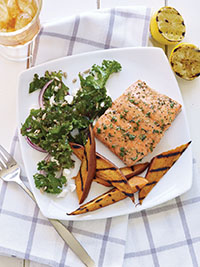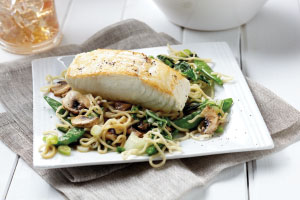July 18, 2024
July 11, 2024
July 4, 2024
June 27, 2024
June 20, 2024
June 13, 2024
June 6, 2024
May 30, 2024
May 23, 2024
May 16, 2024
May 9, 2024
May 2, 2024
April 25, 2024
April 18, 2024
April 11, 2024
April 4, 2024
March 28, 2024
March 21, 2024
March 14, 2024
March 7, 2024
February 29, 2024
February 22, 2024
February 15, 2024
February 8, 2024
February 1, 2024
January 18, 2024
January 11, 2024
January 4, 2024
December 21, 2023
December 14, 2023
December 7, 2023
November 23, 2023
November 16, 2023
November 9, 2023
November 2, 2023
October 26, 2023
October 19, 2023
October 12, 2023
September 28, 2023
August 31, 2023
August 17, 2023
August 10, 2023
August 3, 2023
July 27, 2023
July 20, 2023
July 13, 2023
June 29, 2023
June 15, 2023
June 1, 2023
May 25, 2023
May 18, 2023
May 11, 2023
May 4, 2023
April 27, 2023
April 20, 2023
April 13, 2023
April 6, 2023
March 30, 2023
March 23, 2023
March 16, 2023
March 9, 2023
March 2, 2023
February 23, 2023
February 16, 2023
February 9, 2023
February 2, 2023
January 26, 2023
January 19, 2023
January 12, 2023
January 5, 2023



 <
<





 Whether you are a competitive sprinter chasing a new record or an everyday gym hound looking to get the most from your workout, seafood is among the best food to support an athletic lifestyle. It not only delivers great tasting nutrition but also provides one-of-a-kind health benefits.
Whether you are a competitive sprinter chasing a new record or an everyday gym hound looking to get the most from your workout, seafood is among the best food to support an athletic lifestyle. It not only delivers great tasting nutrition but also provides one-of-a-kind health benefits.
